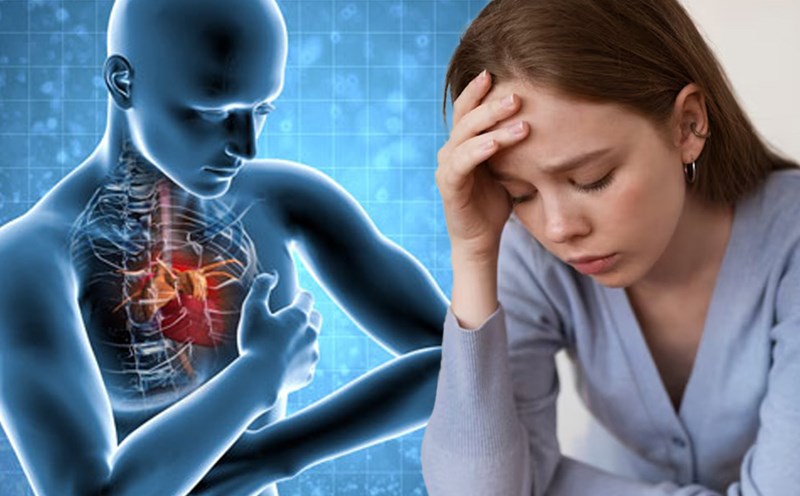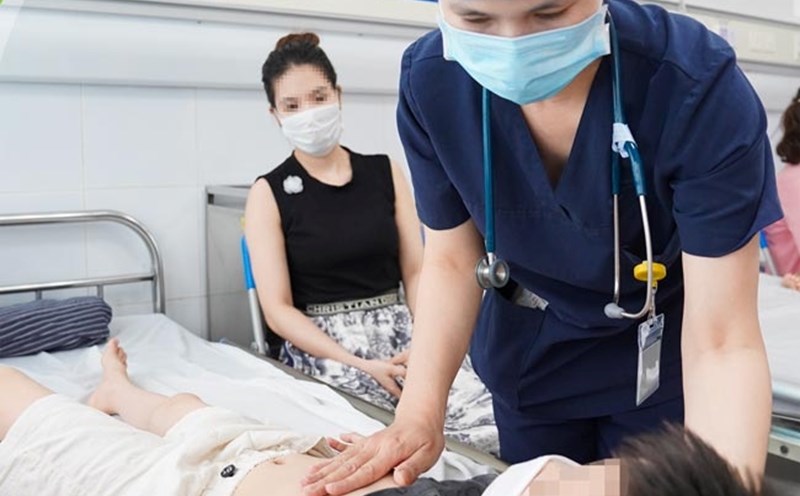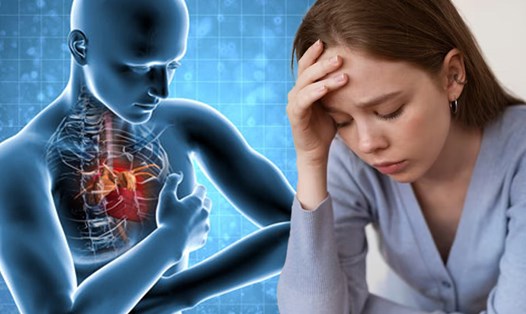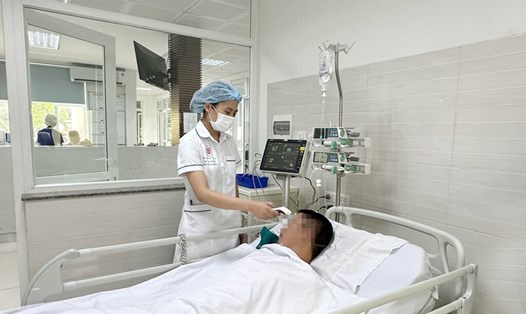What is pericarditis?
Pericarditis is a condition in which the membrane surrounding the heart becomes inflamed, commonly found in men between the ages of 20 and 50.
The pericardium is a closed sac that surrounds the heart and covers the roots of the major blood vessels that exit the heart. The pericardium consists of two components: the parietal layer and the visceral layer. The parietal layer (epicardium) is the outer fibrous layer. The visceral layer (epicardium) is the layer that is in direct contact with the heart muscle. These two layers form a closed cavity called the pericardial cavity. Normally, the pericardial cavity contains about 30 - 50 ml of fluid.
In fact, the pericardium does not affect the function of the heart. But it has a number of roles such as fixing the heart in the chest, protecting the heart in case of sudden expansion of the heart chamber, slowing the spread of infection from the lungs and regulating the rhythmic activity of the two halves of the heart.
When the pericardium becomes inflamed, it can lead to fluid accumulating in the pericardium, causing a pericardial effusion and possibly compressing the heart. This condition causes the membrane to become thick and stiff, limiting the ability of the heart chambers to expand, increasing peripheral venous pressure and causing impaired heart function.
Common symptoms of pericarditis
“The symptoms of pericarditis can vary from person to person, but there are some characteristic signs that are commonly associated with the condition,” says Dr Ravindranath Reddy, Head and Senior Consultant, Department of Interventional Cardiology, Gleneagles Hospital, BGS, Kengeri, Bengaluru (India).
Chest pain: This is the most common symptom of pericarditis, often described as a sharp pain in the center or left side of the chest. The pain may be worse when breathing deeply, coughing or lying down, and patients often find relief when sitting up or leaning forward.
Difficulty breathing: The patient may have difficulty breathing, especially when lying flat.
Fever: A low-grade fever may accompany pericarditis, indicating inflammation of the body.
Fatigue and malaise: Many patients will feel tired and malaise, which may be due to the body's inflammatory response.
Palpitations: Some people will experience a rapid heartbeat or irregular heartbeat.
Treatment of pericarditis
Nonsteroidal anti-inflammatory drugs (NSAIDs): NSAIDs, such as ibuprofen or aspirin, are often the treatment of choice to relieve pain and reduce inflammation associated with pericarditis.
Colchicine: This medication may be used with NSAIDs to reduce the risk of relapse and improve symptoms.
Corticosteroids: May be prescribed if NSAIDs and colchicine do not provide pain relief. However, these are usually reserved for patients with autoimmune diseases or severe symptoms due to the potential for side effects.
Conclude
“Pericarditis can be a painful condition with a wide range of symptoms that can significantly impact a patient’s quality of life. Early diagnosis and treatment are essential to relieve symptoms and prevent complications. With timely intervention, patients can improve their health and return to normal activities,” Dr. Reddy emphasized.











